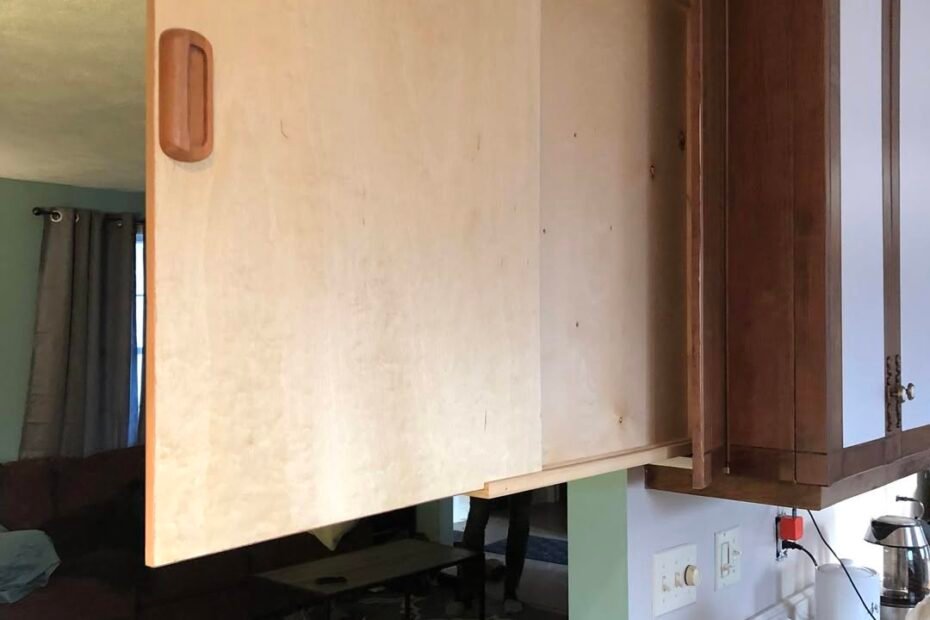Have you ever found something interesting and cool in your own house that it is as if you are an explorer who just discovered something new in the jungle? This is what happened to me recently when a simple panel behind a kitchen cabinet called for attention and gave me a glimpse of what it was like living in an old house.
Picture this, you are stepping into a new house and the feeling of anticipation and curiosity of what will be discovered. There are several ways in which the story could start, for instance, One day as you are arranging the kitchen, you realize that there is something peculiar about one of the cabinets. Looking at the wall closely you are able to discover a small opening that looked like a hidden door. Pulling it aside, one is faced with an old wiring system, as well as a seemingly empty space behind it.

It was like being a kid again and exploring all the rooms in my grandparents’ house. Every scene appeared to be concealing something, from the hidden compartments to the concealed drawers. These homes were not just shells to reside in; they were museums of sorts, preserving and embodying stories and history as well as the skill and imagination of early settlers.
Old houses are unique as they present smart designs and concealed aspects that are usually not found in newly constructed buildings. The panel I identified could have had several functions in use at different times over the course of many years. Perhaps, it was initially intended for the passage of food or messages through a through window – a rather ingenious idea. It could have been converted to a hidden shelf where people could place their belongings when they did not want them to be easily seen.

This panel affirms that houses of old were versatile structures that could be put to many uses. It gave me a glimpse of how houses where once constructed not only with purpose but with aesthetics in mind; homes that are adaptable to the changing generations.
During the mid twentieth century, houses were constructed in a way that they incorporated such special characteristics to save on space and make the most out of every part of the house. These were not just mere amenities; they represented the norms and the attitude of the people of the time. For instance, pass-through windows were used in the 1950s, which was a perfect reflection of the American society at the time that was obsessed with convenience and all things modern particularly in the kitchen, which was considered as the heart of the home.

However, it is always important to be careful when discovering such things especially when it comes to wiring. The panel mentioned above contained live electrical wiring and this is one of the reasons why one should always consult a professional when dealing with such systems. Some of the most important safety measures that are currently in place include the checking of electrical components to ascertain if they meet the set safety standards.
This is something that can be very exciting, to discover the many secrets that an old house may hold. These discoveries are a way of getting a feel of the past, of seeing how people lived and how they went about their business in the area. Having been a general contractor, I must say that I admire the work and considerations that went into building these homes. They recall that, despite the changing trends in technology and design, the key ideas of providing comfort, warmth, and coziness of the house will never grow old.

Therefore, the next time you are in the process of exploring the rooms and hidden corners of an antique home, remember that it is a structure filled with history and tales. These homes are not mere buildings; they are living monuments who bear the tales of the past and the people keen on knowing it. And as with any form of exploration, it is important to remember that the fun and excitement of the search should not be at the expense of safety. undefined

